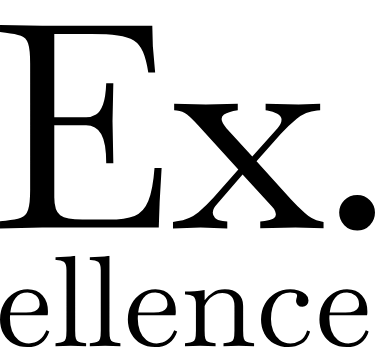The Theory of Production and Costs: Optimizing for Competitiveness
Explore the Theory of Production and Costs, which analyzes the relationship between inputs, outputs, and costs to maximize economic efficiency. A detailed analysis of technical concepts and their implications for business management.
ECONOMICS
Alessandro
11/16/2024


The Theory of Production and Costs: Fundamentals and Objectives
The Theory of Production and Costs studies the relationship between the resources used (inputs), the goods and services produced (outputs), and the associated costs. This model is central to business economics and operations management, as it guides decisions on how to allocate resources to maximize productivity and minimize costs.
Key Concepts of the Theory of Production
Production Function
The production function represents the mathematical relationship between inputs and outputs: Q = f(L, K) Where:
Q: Quantity of output produced
L: Labor (human input)
K: Capital (physical input such as machinery or equipment)
The production function can be:
Short-term: At least one input is fixed (e.g., machinery).
Long-term: All inputs are variable, allowing for greater flexibility in management.
Productivity
Productivity measures the efficiency with which inputs are converted into outputs:
Average Productivity (AP):
AP = Q / L or KMarginal Productivity (MP):
MP = ΔQ / ΔL or ΔK
Returns to Scale
Describes how output changes with a proportional change in all inputs:
Increasing Returns: Output increases more than the proportional increase in inputs.
Constant Returns: Output increases in the same proportion as inputs.
Decreasing Returns: Output increases less than the proportional increase in inputs.
Key Concepts of the Theory of Costs
Types of Costs
The theory distinguishes between different types of costs:
Fixed Costs (FC): These do not vary with the level of output (e.g., rents).
Variable Costs (VC): These depend directly on the level of production (e.g., raw materials).
Total Costs (TC):
TC = FC + VCAverage Costs (AC):
AC = TC / QMarginal Costs (MC):
MC = ΔTC / ΔQ
Economies of Scale
Economies of scale occur when increased production reduces average costs:
Internal Economies: Resulting from the expansion of a specific company (e.g., labor specialization).
External Economies: Resulting from improvements in the general environment (e.g., better infrastructure).
Short and Long-Term Cost Curves
Short-Term: In the short term, variable costs dominate, and marginal costs may increase rapidly.
Long-Term: In the long term, the company can change all inputs, achieving greater flexibility and reducing average costs through economies of scale.
Practical Applications
Production Optimization
Companies use the theory to determine the optimal level of production that maximizes profits:
Marginal Rule:
MC = MR (where MR is marginal revenue).
Capacity Analysis
The theory guides decisions on expanding or reducing production capacity based on market demand and marginal costs.
Price Management
By understanding the relationship between costs and output, companies can determine optimal prices to maximize profits without losing competitiveness.
Investment Evaluation
The long-term cost theory supports the decision to invest in new technologies or infrastructure to reduce average costs.
Benefits of the Theory of Production and Costs
Operational Efficiency: Optimizes resource usage to reduce waste and improve profit margins.
Strategic Planning: Provides data and models for making informed decisions on production and investments.
Flexibility: Allows companies to quickly adapt to market dynamics through better cost management.
Limitations and Challenges
Ideal Assumptions: Many models assume perfect market conditions and complete information, which are difficult to replicate in reality.
Market Dynamics: Sudden changes in demand or raw material prices can alter the models.
Technological Innovations: The introduction of new technologies can invalidate traditional production and cost curves.
Conclusion
The Theory of Production and Costs is a fundamental tool for optimizing business operations and making strategic decisions based on concrete data. Understanding the relationship between inputs, outputs, and costs allows companies to maximize productivity and reduce waste, improving their competitiveness in the market.
Applying these principles not only means managing resources effectively but also building a strategic vision that transforms production into a sustainable competitive advantage.
